Where Real Adoption Happens: How Avalanche Layer 1s Bring Blockchain to Everyday Life
Avalanche custom Layer 1s are quietly driving real-world adoption, making blockchain an invisible, seamless part of everyday applications from gaming to global fandom.
I’m a big believer in this space. I really did come for the tech. What attracted me initially is the potential. The fact that blockchain technology will be the technology that every app, dapp, and website of the future is built on. The base that everyone… you, me, your friend, your nan even, will be interacting with and transacting on daily. And it will make peoples lives better.
I was also blown away by the fact that this would all be decentralised. Not controlled by large corporations using and manipulating your data and you.
This is what got me into the space, into blockchain, crypto, and web3.
In the earlier days, I looked into this more and more, and then it seemed to hit a bit of a roadblock. How would all of this actually happen? What would it all look like? How would this amazing tech, “The blockchain,” go from some super code to actual everyday websites—sites with real-world use cases and, therefore, actual users? It seemed like a massive leap.
This is where the builders (the devs, the people, the projects) stepped up, creating apps and dapps on top of the core blockchain technology. Things got busy, they got congested, they got slow and expensive and this happened all too often on the OG monolithic chains like Ethereum. So, this is where the architecture of Avalanche really comes into it’s own, with Avalanche’s custom Layer 1s.
One quote that really stuck with me on this subject is one from Emin Gün Sirer, the Founder and CEO of Avalabs. I vividly remember hearing him say that his vision is: Avalanche is doing for blockchain, what Shopify and WordPress did for the web, making it accessible, usable, and scalable for everyone.
This post follows from my previous deep dive into “How Avalanche Works: Inside the C-Chain and Layer 1s”, and now I want to explore the next step: how users actually engage with these chains from gaming on Beam, to fandom on the FIFA Blockchain, to the broader wave of Web3 worlds being built on Avalanche right now.
How and Who is interacting with Layer 1s right now?
So, I wanted to take a look at what is happening with Layer 1s right now. What can you do, what can you interact with? But not just focusing on the tech side of things.
What about the people who aren’t so integrated into the crypto space? What about the people that don’t have a wallet, the person that doesn’t know about this would of seed phrases and meme coins?
It’s easy to be in the crypto echo chamber and believe that everyone is trading memes, earning APY’s on stable coins and excited by the tokenisation of Real World Assets, but the truth is this is all still pretty niche and the vast majority of people out there don’t understand web3, blockchain, crypto, all of it.
To quote an often used phrase and bit of a cliche. We are early. So very early. But this is exciting. This is an opportunity to educate and bring people on chain and this is the power of onboarding that Layer 1s have. They bring people in and get them on chain, sometimes without them even knowing it. From gamers to football fans, to the Kpop fandom.
This is an exciting time.
Let’s look at just a small segment of what you can do, right now, to interact with custom Layer 1s, on Avalanche.
Beam: The Playground for Web3 Gaming
Beam is a custom Avalanche Layer 1 built for gaming and digital assets. It’s more than a blockchain, more of a playground where developers can build games without congestion, high fees, or onboarding friction, letting gameplay take centre stage.
Beam solves one of Web3’s biggest challenges: friction. Traditional chains force all games to share blockspace, causing lag and costly transactions. Beam runs as its own Layer 1, giving developers full control while leveraging Avalanche’s security and scalability. It’s fast, scalable, and optimized for players.
For gamers, Beam feels like any modern platform: log in with Google or Apple, trade or upgrade NFTs, stake tokens, and enjoy seamless gameplay. Games like Forgotten Playland, Domi Online, and Hatchyverse are already showing how blockchain can fade into the background, letting fun lead.
Getting started is simple: connect your Core Wallet or MetaMask, bridge assets from the C-Chain, and start interacting with Beam-powered apps—stake tokens, trade NFTs, or participate in game economies and governance.
FIFA Blockchain: Where Fandom Meets Ownership
Football is simply the world’s biggest game and it has its own blockchain.
The FIFA Blockchain, developed by Modex and powered by Avalanche’s custom Layer 1 architecture, is a dedicated blockchain for FIFA’s digital ecosystem.
What the FIFA Blockchain Does
FIFA built this chain to transform fan engagement through FIFA+ Collect, where supporters can buy, trade, and showcase digital collectibles tied to iconic moments in football history.
Fans can:
Collect verified highlights and join digital challenges.
Earn perks like match tickets, premium experiences, and surprise drops.
Secure Right-to-Buy (RTB) collectibles, even guaranteeing access to FIFA World Cup 26 seats before general sales.
“It’s more than a ticket, it’s a core memory in the making.” is the recent strapline and this really ties into what is a strong childhood memory for so many people. Visiting the game and collecting things like kits, stickers and other memorabilia. Now this collectibility that was second nature to so many of us growing up, is live on Avalanche.
Fans simply interact: they collect, trade, and celebrate, all while Avalanche handles the complexity behind the scenes.
Gaming on Avalanche: The Gateway to Web3
Gaming is one sector that is really embracing the benefits of blockchain, and in particular, custom Layer 1s.
Gaming for me is like the Trojan horse of blockchain.
It’s quietly bringing millions of people on-chain, not by preaching the technology to the unaware, but by really embracing its utility and expanding its use case in a group of people already accustomed to trading assets online and interacting with digital currencies.
For example, I have friends who consider themselves well-informed yet have zero knowledge of crypto and blockchain. Conversely, my 9-year-old son spends his pocket money on Robux and trades them for assets like avatars and game passes. This behavior is already second nature to him, and people like him represent the mainstream “grown-ups” of the future.
This type of interaction is commonplace within the huge gaming sector. By improving this normality with things like actual asset ownership built on-chain, you can see the potential to onboard people onto custom Layer 1s.
In 2025, Avalanche’s gaming ecosystem surpassed 6 million wallets and 5.8 million weekly transactions at peak. Each major title runs on its own Layer 1 chain, purpose-built for scale and designed to keep gameplay instant and gas-free.
What makes Avalanche Work so well for Games
Avalanche gives every developer:
Dedicated performance - each game gets its own chain.
Instant, low-cost actions - sub-second finality keeps the play smooth.
Custom economies - token systems, validators, and rules tuned to each world.
Worlds Built on Avalanche driving Adoption
There are whole gaming worlds on Avalanche, like Defi Kingdoms, Maplestory, and Off The Grid, to name a few. These games are driving adoption because they work.
An avid gamer is probably not thinking about the tech stack that their game is built on. Most of the time they probably don’t care. They just want to see their new item appear instantly. They just want the game to be good and to just work well.
This is why Avalanche’s gaming worlds are showing what real adoption looks like, it’s utility made simple.
It’s simply making the interactions that people have daily work better for them.
So, why does all of this matter?
Everything we’ve explored here: Beam, FIFA Blockchain, and Avalanche’s gaming ecosystems all point to one bigger fact:
Avalanche’s custom Layer 1s are becoming the invisible rails for the digital economy of tomorrow.
Every app, game, and fan experience that runs faster, cheaper, and more securely on Avalanche brings us closer to a world where blockchain is part of everyday life.
This all comes down to yet another quote by the boss, where he talks about what we are building here:
“Seamless, invisible, decentralized financial rails are the foundation of a better future.” - Emin Gün Sirer
To me, this is what adoption really looks like. It’s not hype; it’s solving real-world problems and making daily tasks easier, faster, and cheaper for real people.
These benefits aren’t just limited to these sectors; loyalty programs, reinsurance, ticketing, and so much more are all built on Avalanche Layer 1s. It doesn’t stop there; think bigger, think of the most important things in everybody’s life. I’m talking about the really big things here: the expensive things and the stressful things. Like your car, your house, your investments, you make to secure your future, even your marriage. It can all be tokenised (not your actual partner, but your marriage certificate). It can all be tokenised, housed, and managed on chain on a custom Layer 1, on Avalanche.
You know the stress if you’ve ever bought a house, a car, or moved money internationally. Moving these processes on-chain and onto Avalanche makes them smoother, simpler, and less costly.
This isn’t the future; it’s happening already.
Every day, we go deeper into this. A world built on seamless, invisible, decentralized rails.
A world where the apps and dapps you interact and transact with daily are working faster, cheaper, and more secure—simply better—because they’re built on a custom Layer 1 on Avalanche.
I’m Defi_Psy, and I create content all about crypto, blockchain, and Web3. Since I’m a member of Avalanche Team1, you can always count on me for the latest Avalanche news. If you like this type of content, follow me on X @Defi_Psy and subscribe on YouTube @Defi_Psy.
Dive into the Avalanche ecosystem today! Download the Core Wallet and unlock a world of seamless DeFi, NFTs, and more.




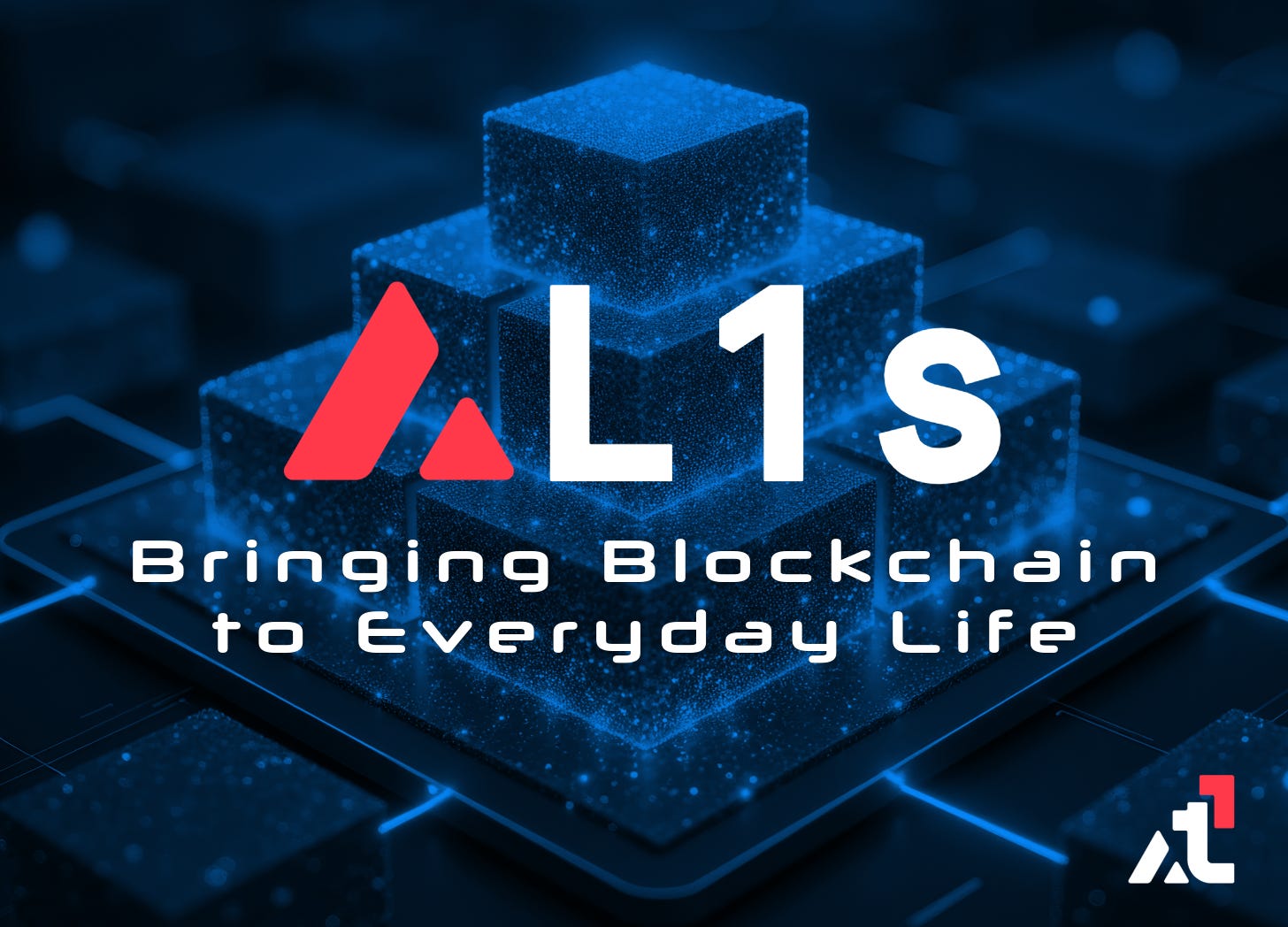

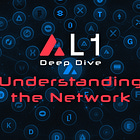
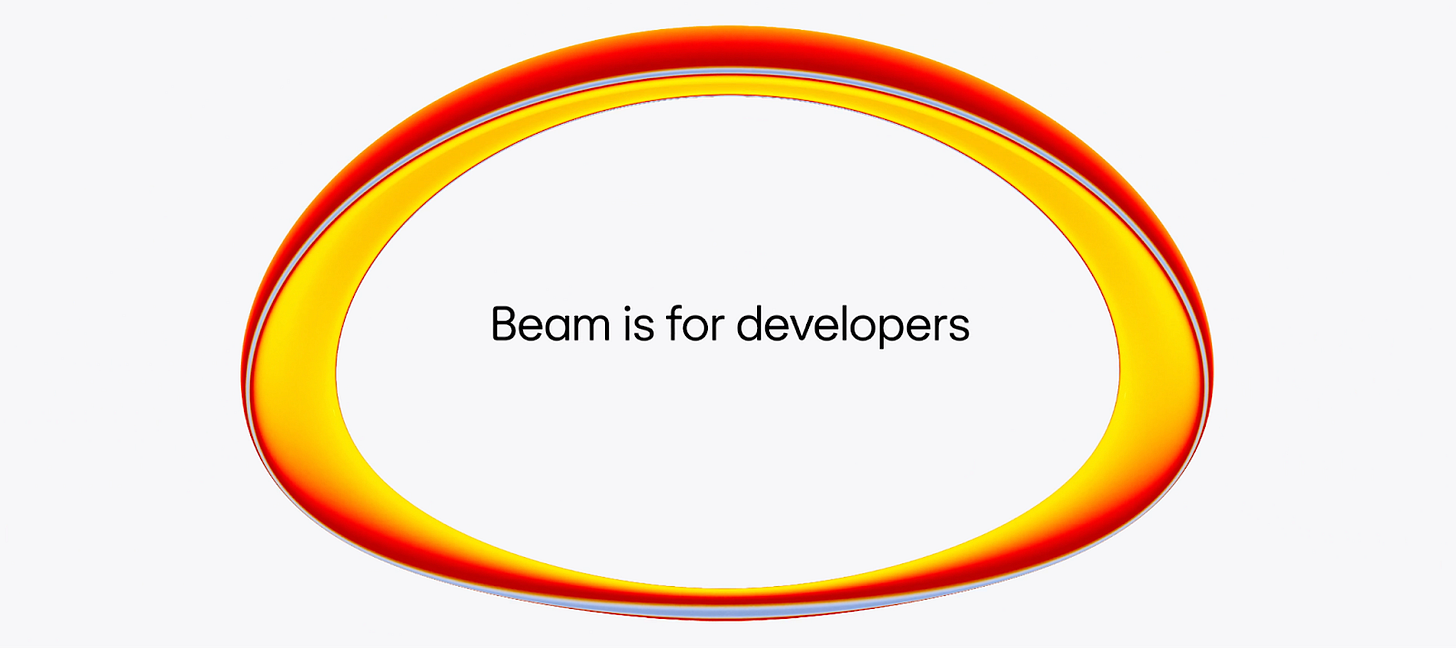
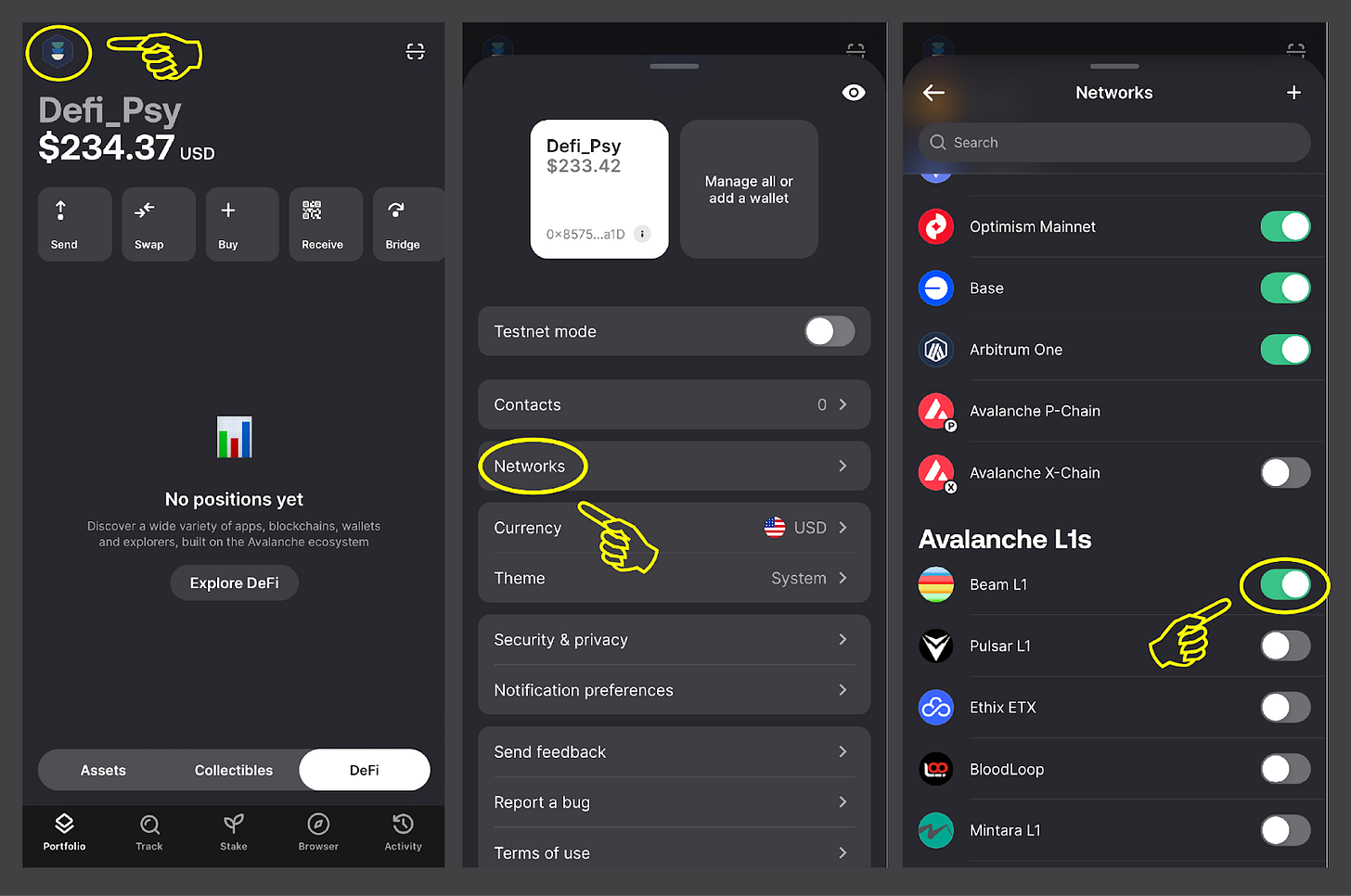


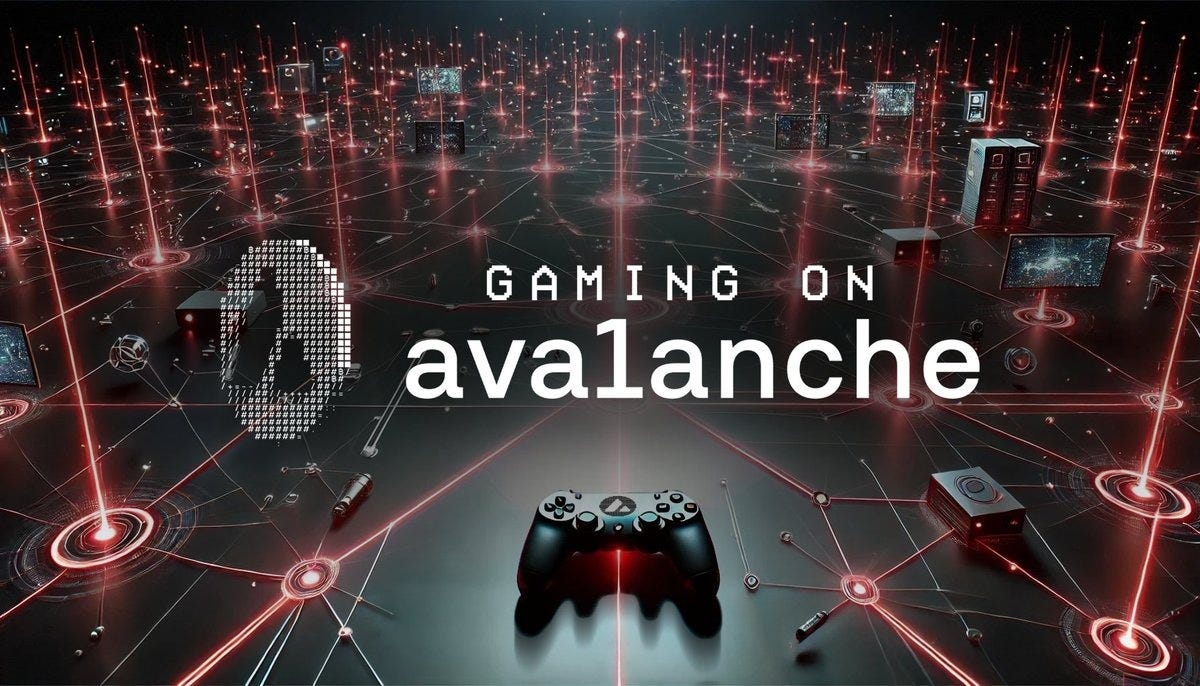

Such an amazing write up. Super informative.